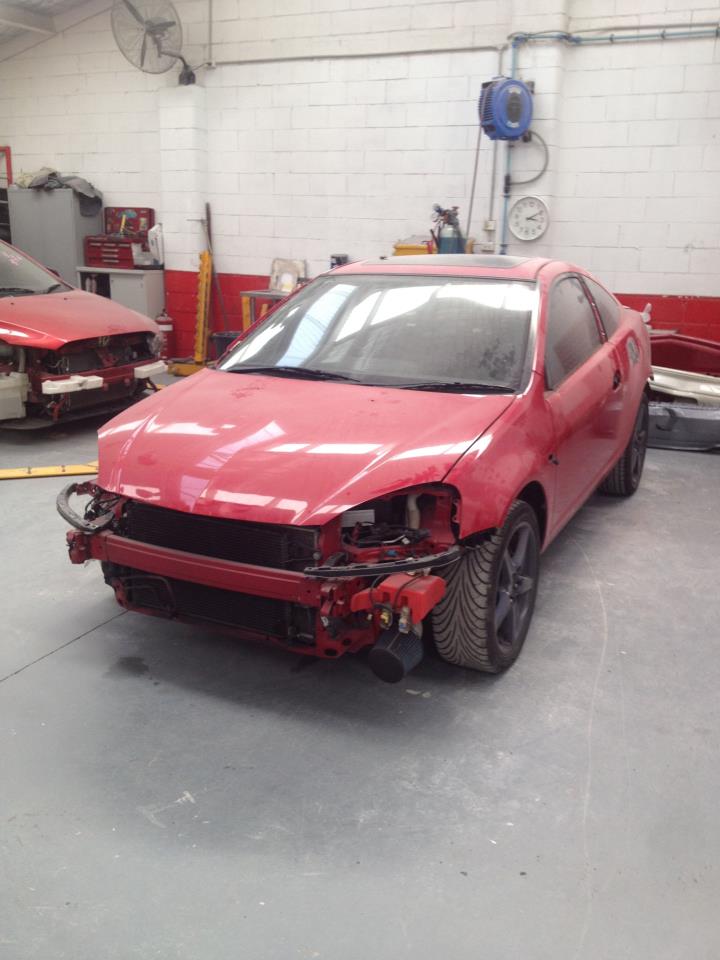Build quality is very high and Citroen have turned out a stunning car which certainly looks the part.
Improving the handling should be your first priority in your C3 tuning project. We would go to a maximum drop of 35mm on most models (a little less on the sporty VTR!). You risk rubbing on the arches if you go lower than this and can adversely affect your tyre wear, handling and grip.
Turning our attention to the C3s engine we need to get a bit more power out of the top end. The smaller 1.1 and 1.4 engines are rather lacklustre and it costs a fortune to get even a noticeable power gain from them.
The 1.6 16v VTi engine gives the best base to work from and the 1.6 HDi also seems well suited to the car.
The best power gains come from larger engine sizes. The more you start with the bigger the return on investment so engine swaps to the 1.6Vti or the larger and older 2.0 engines from the Citroen range give a good base for your tuning project.
Citroen C3 Tuning modifications
You really need to keep as much low end power as you can and aim for a wide power band rather than a top end spike. Fast road cams are probably the best performance mods you can get on the C3 at least as far as a bolt on part goes.When hiking up power by another 20 or 30bhp you will need to increase and improve the fuelling. Uprated injectors will enable you to supply sufficient fuel to the engine. A fuel pump will only deliver a finite amount of fuel, so you may need to uprate this if your injectors are demanding more fuel.
Citroen C3 Intake and Exhaust Tuning
Breathing mods are usually next up. Maximum power gains come from a full induction kit with a cold air feed mated to a sports exhaust. The induction kit should ideally be sited within an air box but a panel filter should suffice for most applications unless you really wanted the "induction roar".On small engines you will usually lose low down power with an induction kit so TorqueCars suggest you use a panel air filter instead. Sports exhausts will certainly help air flow through the engine but do not go too large or you will reduce the flow rate. Stick to 1.5 to 2.0 inches for best results. Get a full exhaust rather than just a silencer or cat back system.
Gas flowing the head will allow you to maximise your air/fuel charge. Leave this to a professional though with a proper flow bench and machine tools. A 3 or 5 angle valve job will also give fairly good power gains so if you have to take off the head it is worth getting this done whilst you are at it.
Remasp offer significant power gains on all turbo charged cars - in the case of the C3 this only applies to the HDi engine withe the 1.4 or the 1.6 DLD derived turbo diesel.
On NASP engines the benefits are doubtful. However a remap on a NASP engine will help unleash the potential if you have done a lot of mods, particularly cams and head work.
Adding forced induction will see big power gains but this is usually too expensive to be cost effective. Superchargers are generally easier to add than turbos and we have seen a few discussions about C3 supercharger kits. For your engine to cope with forced induction you will usually need to decrease the compression ratio of the engine.
Citroen C3 Wheel modifications
The benefits of alloy wheels include a lower unsprung weight and more efficient brake cooling. The downside to large alloy wheels on your C3 is that you alter your effective final drive ratio and this will have a detrimental effect on acceleration and performance. Aim to keep the overall rolling diameter of the wheel the same as supplied from the factory. In all cases we do not recommend going above 15/16 inches.
Other Cars




















































.jpg)